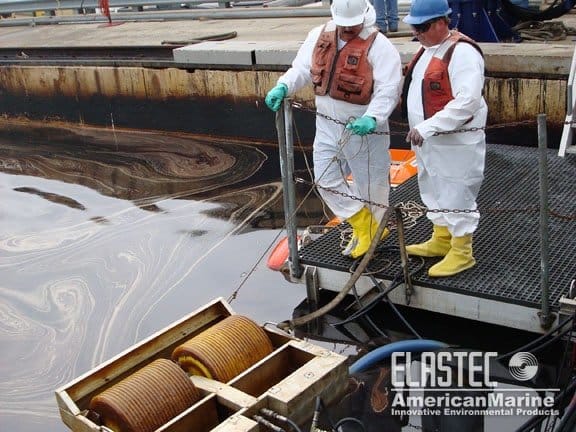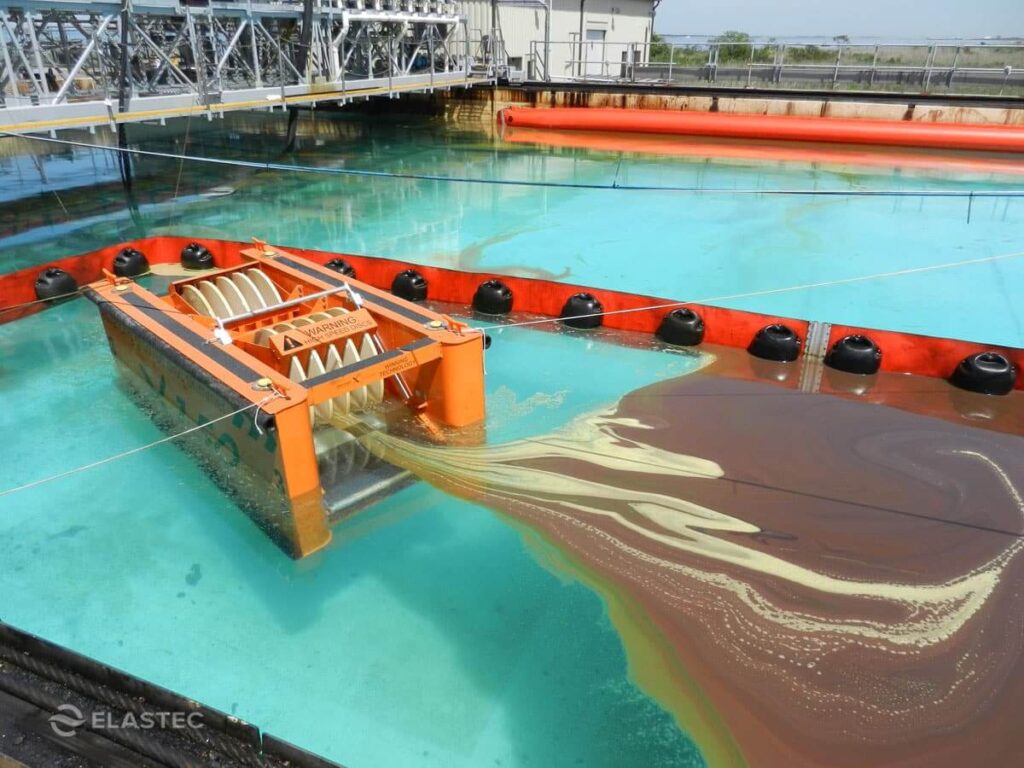Tier 1 oil spills pose a significant threat to the environment, wildlife, and human health. Effective and immediate response is crucial to minimizing damage and facilitating cleanup operations.
Tier 1 oil spill response equipment is the first line of defense. It includes tools that are easy to find and use. These Tools help with initial containment and mitigation of oil spills.
What constitutes tier 1 oil spills?
A tier 1 spill involves accidental discharges occurring at or near a vessel or facility as a result of disruption in routine operations. The impacts of these spills are low and in-house response capability is adequate. Some examples of tier 1 spills include:
- Overflow of sumps or oil-water separators
- Leakage of overflow tanks
- Leakage from valves, pipelines or transfer hoses
- Accidental discharge of bilge water from vessels
- Tank truck/tank car rollovers near water
What equipment should be available for tier 1 oil spill response?
It is important for facilities and vessels that may handle oil collection, storage, transport or refueling be prepared with the proper equipment.
Tier 1 equipment should have the following characteristics:
- Readiness: It must be readily available and easily accessible, often stored on-site or nearby.
- Portability: Equipment should be lightweight and easily transportable to the spill location.
- Ease of Use: Deployment should need little training. Staff with different experience levels can do it.
- Versatility: Equipment should be adaptable to a range of spill scenarios, from small leaks to larger releases.
Tier 1 equipment list:
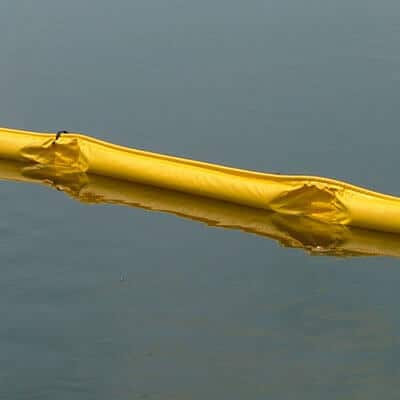
Containment Boom: An oil containment boom is a floating barrier that contains oil spills in water. They are used to reduce the spread of oil. Booms can be made of various materials and come in various shapes, lengths, and sizes. Containment booms are important equipment in responding to oil spills and can help to minimize the environmental impacts.

Oil Skimmers: Oil skimmers are devices that pick up oil floating on the surface of water. There are many different kinds of skimmers depending on the application, from drum oil skimmers which are oleophilic, picking up more oil than water to simple weir skimmers which are less efficient.
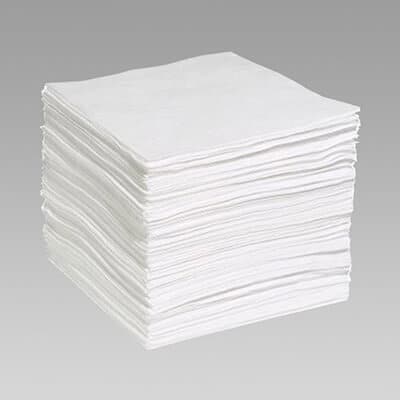
Absorbents: Oil spill absorbents can be quickly deployed to absorb and hold oil. They come in a variety of styles including: pads, booms, folded sweeps, pillows, pompoms, cellulose fibers, and blankets.
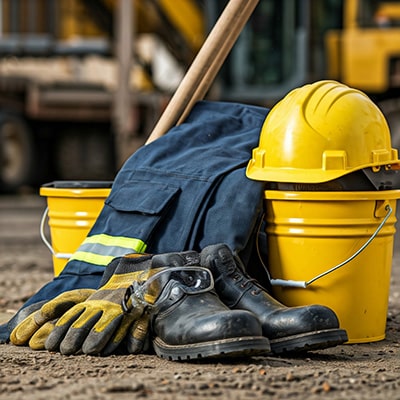
Other Equipment: Your response kit should also include other equipment such as, containment devices (QuickTanks, pillow tanks, drums, bins, pallets, spill trays), personal protective equipment also known as PPE (chemical-resistant gloves and aprons, safety glasses and goggles, boots), and tools (shovels, rakes, brooms, squeegees, buckets, and pails). Equipment packages and spill kits can be assembled and ready for quick deployment during oil spills.
Selecting and maintaining tier 1 oil spill equipment:
- Assess Risk: Conduct a thorough risk assessment to determine potential spill scenarios and the appropriate equipment needs.
- Choose Quality Products: Select durable and effective equipment from reputable manufacturers.
- Proper Storage: Store equipment in a clean, dry, and easily accessible location.
- Regular Inspections: Conduct regular inspections to ensure equipment is in good condition and ready for use.
- Training: Provide regular training to personnel on the proper use and deployment of spill response equipment.
Tier 1 oil spill response equipment plays a vital role in minimizing the impact of oil spills. By investing in a good response kit, organizations can be ready to handle spills. This helps protect the environment. Talk to Elastec’s skilled sales team for advice and make sure to follow regulations when making a package for tier 1 oil spill response equipment.
